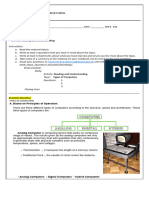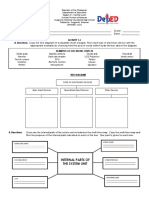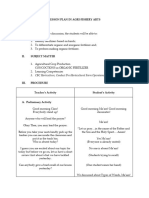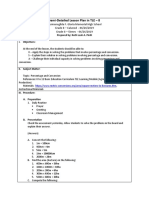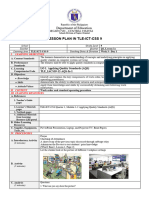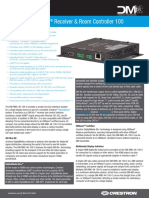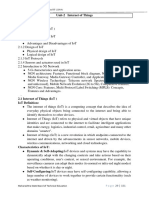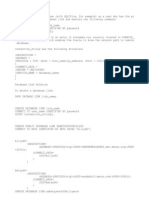0% found this document useful (0 votes)
444 views17 pagesModule 2 - Lesson 1 History of The Internet
The history of the Internet began with early research networks connecting universities and government sites in the late 1950s and 1960s. The Advanced Research Projects Agency (ARPA) was established in 1958 and developed the ARPANET in 1969, connecting four university computer networks. ARPANET later evolved into the modern Internet when connections expanded internationally in the 1980s. Today's Internet is decentralized and managed by various public and private organizations, with standards set by groups like the World Wide Web Consortium.
Uploaded by
john smithCopyright
© © All Rights Reserved
We take content rights seriously. If you suspect this is your content, claim it here.
Available Formats
Download as PDF, TXT or read online on Scribd
0% found this document useful (0 votes)
444 views17 pagesModule 2 - Lesson 1 History of The Internet
The history of the Internet began with early research networks connecting universities and government sites in the late 1950s and 1960s. The Advanced Research Projects Agency (ARPA) was established in 1958 and developed the ARPANET in 1969, connecting four university computer networks. ARPANET later evolved into the modern Internet when connections expanded internationally in the 1980s. Today's Internet is decentralized and managed by various public and private organizations, with standards set by groups like the World Wide Web Consortium.
Uploaded by
john smithCopyright
© © All Rights Reserved
We take content rights seriously. If you suspect this is your content, claim it here.
Available Formats
Download as PDF, TXT or read online on Scribd
/ 17

